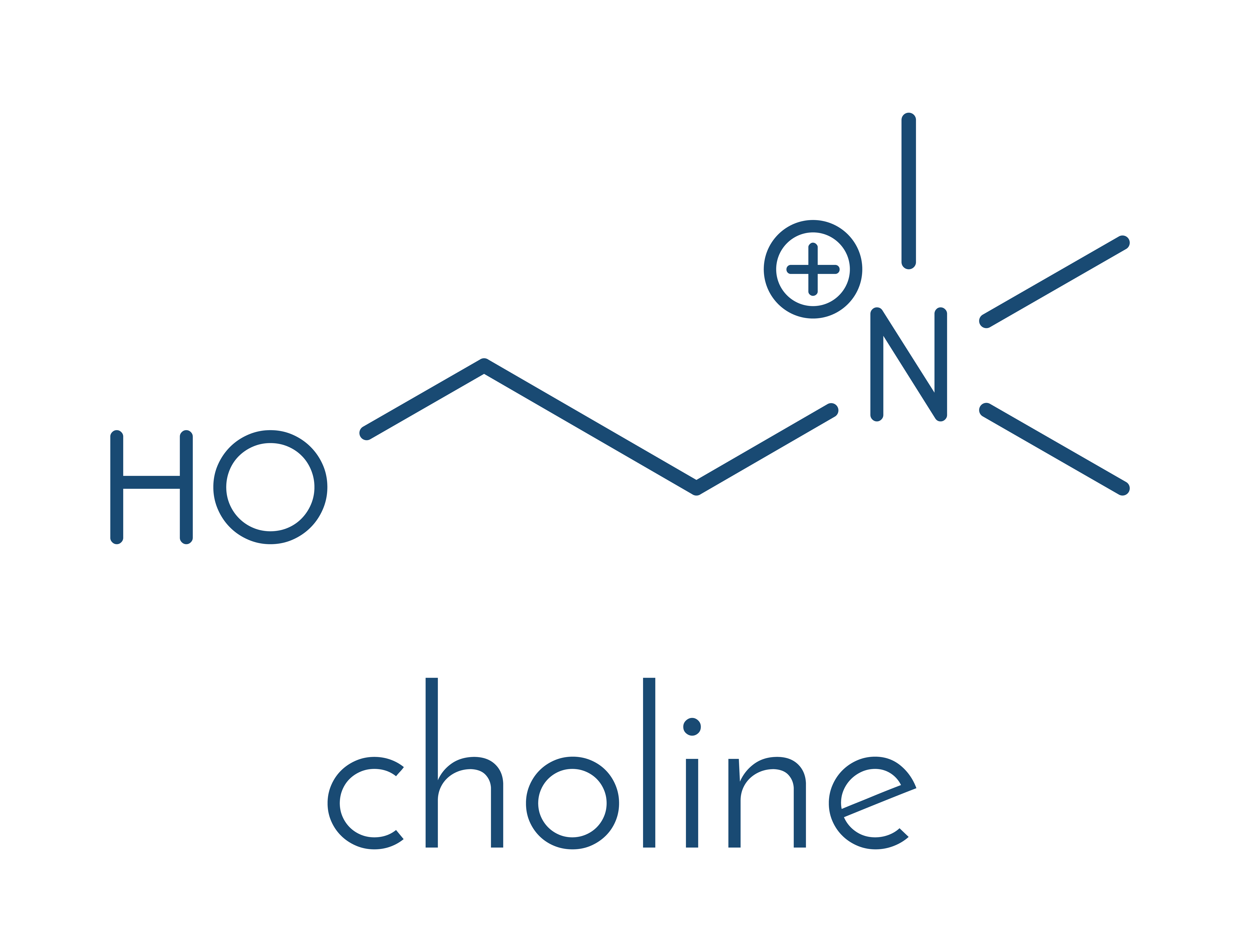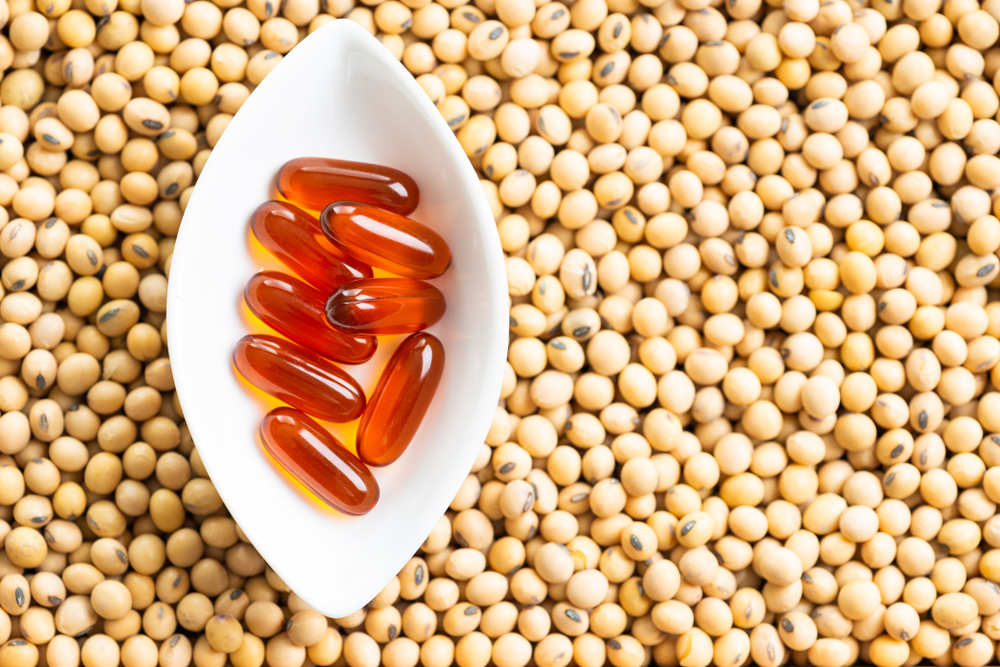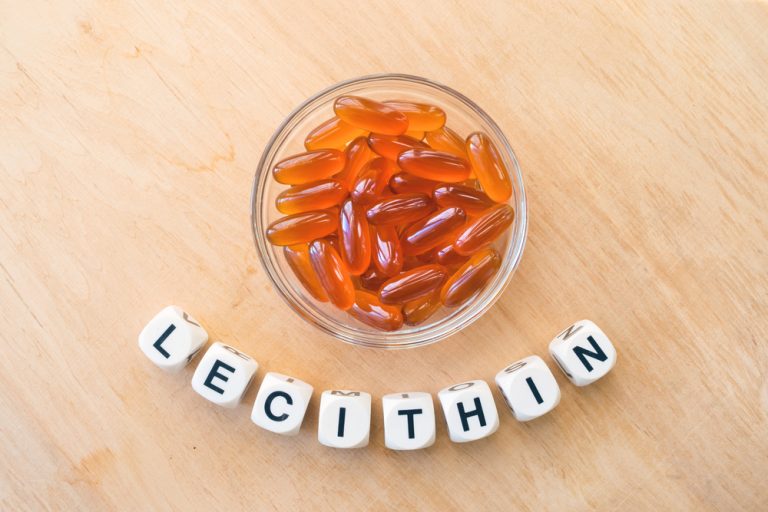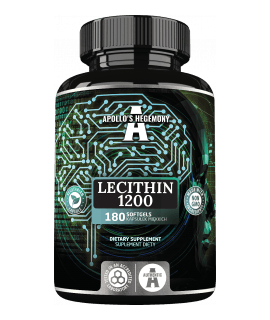In general about lecithin and its actions
Under the above name, fatty compounds are included in the membrane of biological cells. These formulations form a large group of phospholipids. In the simplest form, they consist of a glycerol molecule, two molecules of fatty acids and a single phosphoric acid.
More advanced forms of phospholipids have an additional substance attached to phosphoric acid. These include reagents like ethanolamine, choline, inositol or serine.
The main and characteristic feature of phospholipids is the synchronous solubility in water as well as fats. This value allows to function as a transport mechanism responsible for the transfer of lipid compounds (mainly cholesterol and fatty acids) within the blood water environment.
The above properties allow the release of the above acids from the fat tissue during physical exercise, which then along with the blood pass into the process of fat oxidation

Characteristics of associate compounds
At an earlier point, we mentioned the additives attached to phosphoric acid, which are a kind of hallmark of phospholipids. In this section, we will explain their role in our body.
Choline is responsible for the transport of methyl groups to other compounds. It is commonly referred to as methylation, which in essence is the biochemistry of physical exercise. Thanks to it, catabolic enzymes responsible for inhibiting the growth of muscle mass are inactivated, while compounds that contribute to the anabolism of muscle proteins are activated. What's more, methylation contributes to the formation of substances essential for adaptation - creatine and L-carnitine.
The next compound is ethanolamine. This relationship is associated with the Cannabinoid, system which strengthening substances are not conducive to the progression of the sports form (among others, they inhibit the release of testosterone and the synthesis of cAMP, which eliminates fat tissue). However, the human body also has the ability to produce derivatives of opposite nature and these are the ones that matter.
An example is a signal substance called OEA, which consists of the aforementioned compound and oleic acid. Their task is to intensify the burning of stored adipose tissue and muscle protein synthesis.
The last component discussed is inositol, which is very similar to acetylcholine. He is responsible for increasing the level of calcium within muscle cells. This leads to the initiation of muscular contraction and the generation of a strength pulse.

Help for the brain
Lecithin is used primarily to improve brain function. Mentioned in the previous paragraph, choline is a precursor to a neurotransmitter called acetylcholine. Neurotransmission is a process that allows the transmission of a nerve signal between nerve cells.
Thanks to this, mental and memory processes are much faster and neurons more robust. Lecithin supplementation can be successfully used to improve memory and concentration, as well as to eliminate stress. It is very often accepted by people who are mental workers and students or pupils.
Lecithin and muscle mass - a diagram of the properties of anabolic substances
To understand the anabolic nature of lecithin, attention should be paid to the individual stages of its impact on metabolism. Anti-catabolic hormones, like insulin or growth hormone, do not have the ability to penetrate into the cells.
The permeation process is possible due to their binding to membrane receptors through an enzyme affecting the lecithins included in the previously mentioned cell membranes. The connection is possible thanks to the IP3K enzyme, under which one of the lecithins is transformed into phosphatidyl inositol (so-called PIP3). This compound is an extremely important transmitter of hormonal information responsible for the activation of the kinase.
The latter in turn affect the activation of transcription factors that lead to the production of proteins. Among the activated kinases there is one specific type - mTOR. This compound leads to the activation of anabolic complexes controlled by RNA. These complexes are responsible for binding of isolated amino acids to proteins. In addition, it is worth adding that the above processes take place with the support of creatine.
What and why is it worth combining lecithin?
The last fragment of the first point indicates beneficial effects of cooperation with creatine. The cooperation of these two compounds is not only of significance in the case of activation of mTOR kinase. It turns out that lecithin is the perfect complement to the composition of creatine stacks by increasing the effect of their ingredients, where you can often find leucine or arginine.
Other compounds that preferably interact with lecithin are omega-3 acids. These compounds are extremely beneficial during the development of muscle strength and mass, and also participate in the process of fat burning. What's more, lecithin facilitates their absorption from the gastrointestinal tract. Lecithin can also be combined with supplements that raise testosterone levels. This combination not only improves absorption but also enhances anabolic effects.
How to dose and what else is worth knowing?
There are no unambiguous guidelines for specific portions of lecithin. It is accepted that the best benefits come from doses ranging from 500 to 2000 mg for a period of 3 to 4 months. It is best to take the product before meals or during meals, because of better absorption.
Lecithin is found primarily in all soya beans and egg yolks. Therefore, the main contraindication to its use will be sensitization to the above products. The initial lecithin supplementation may cause symptoms such as nausea, hot flushes and bloating, and if too high doses are used - it leads to heart problems.







